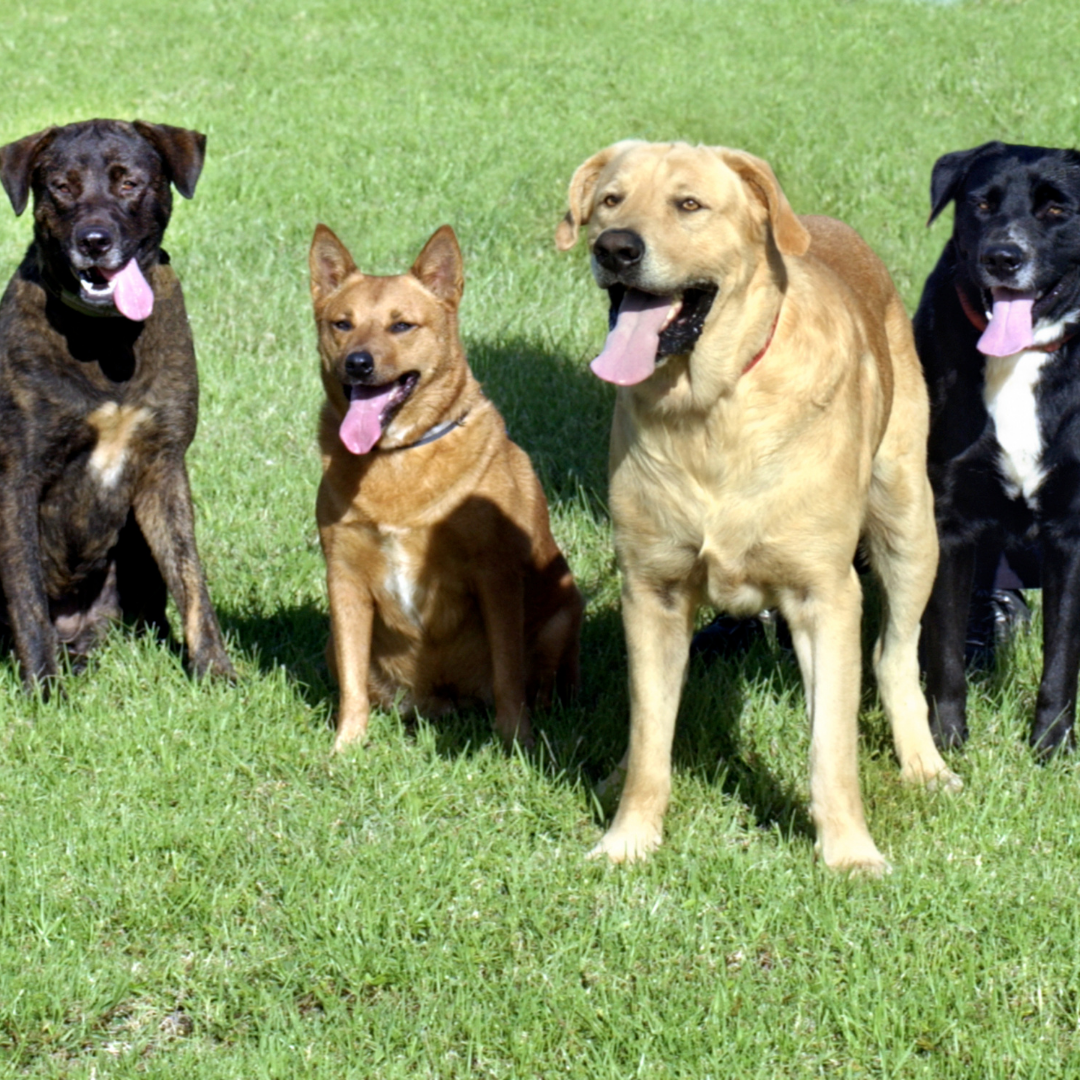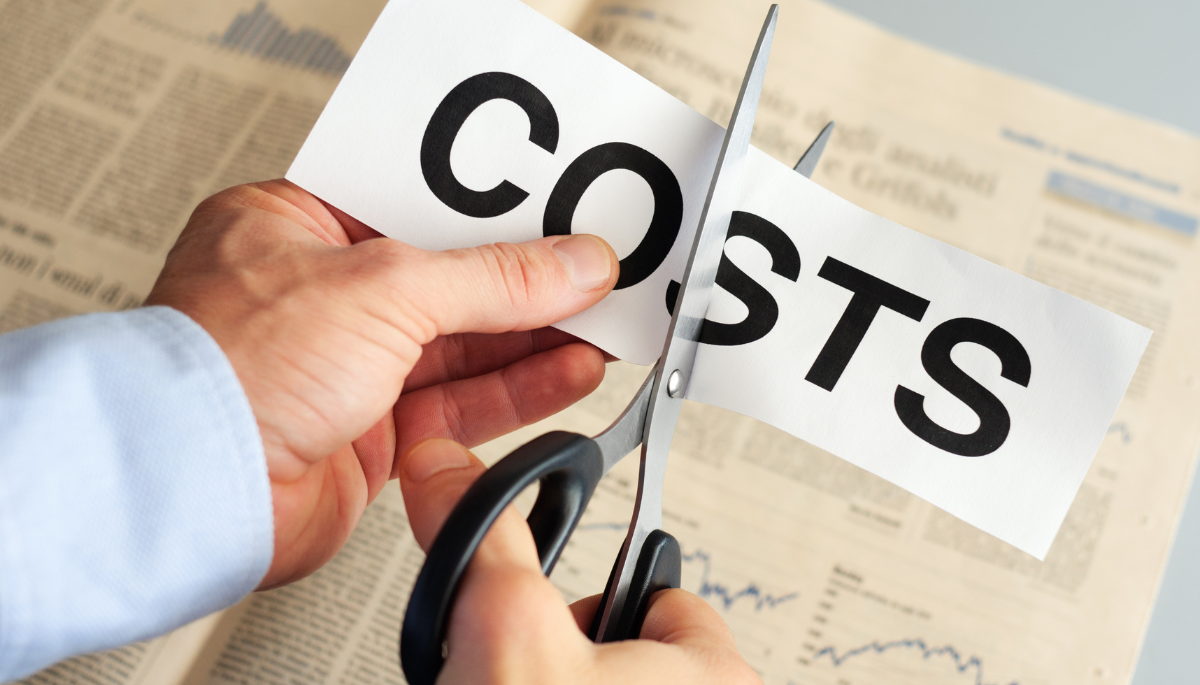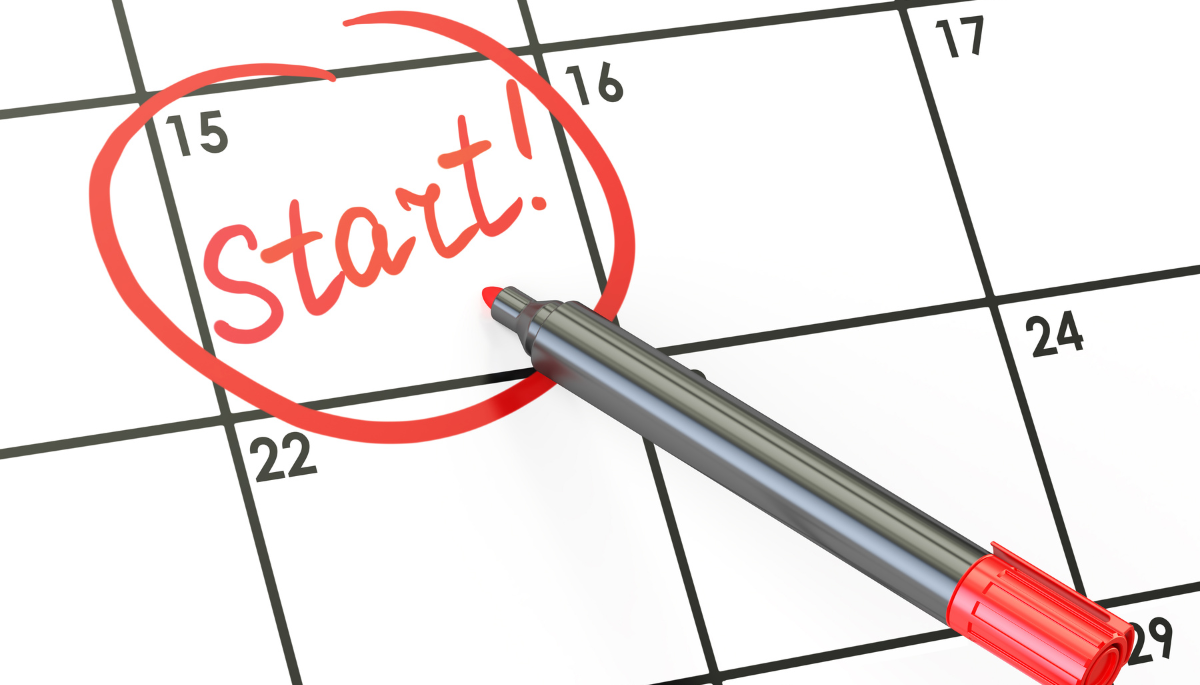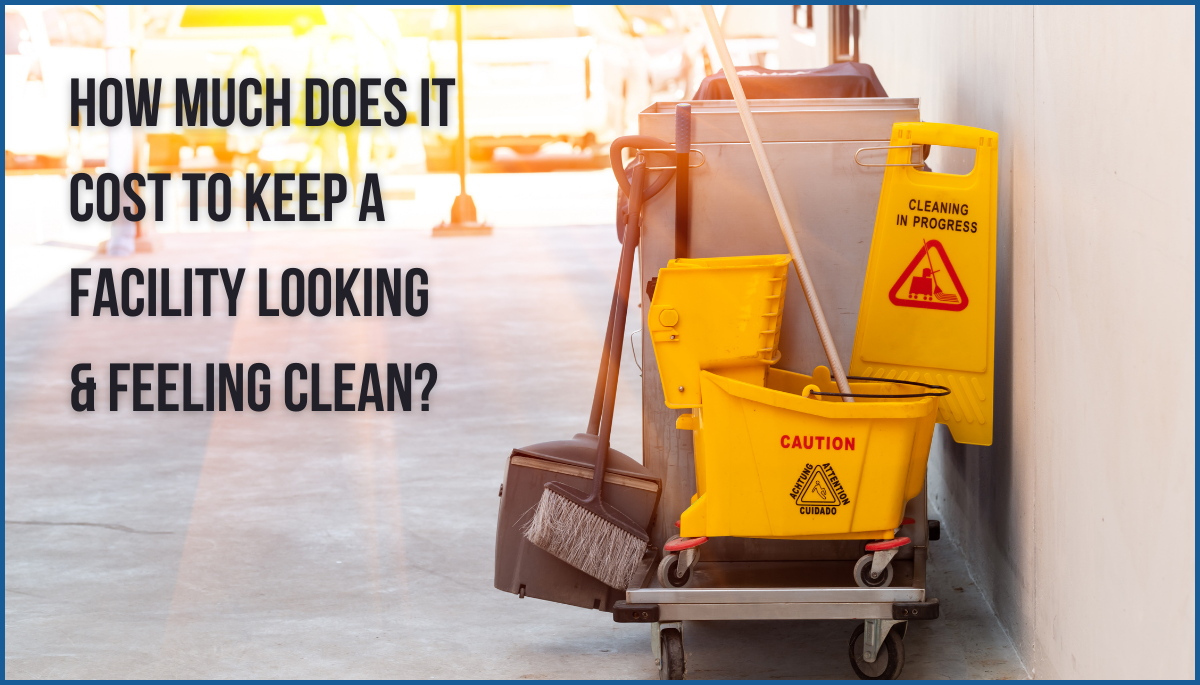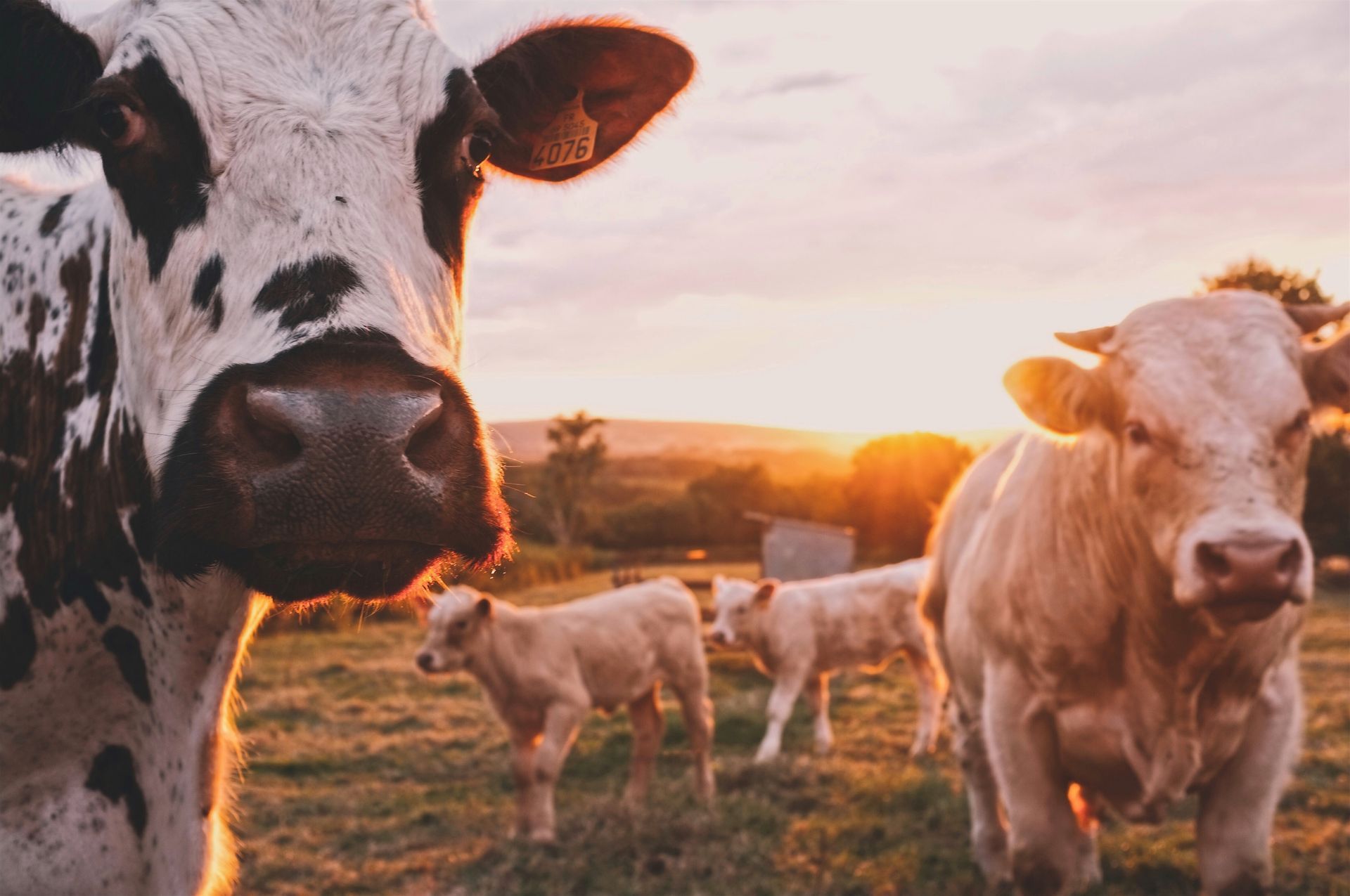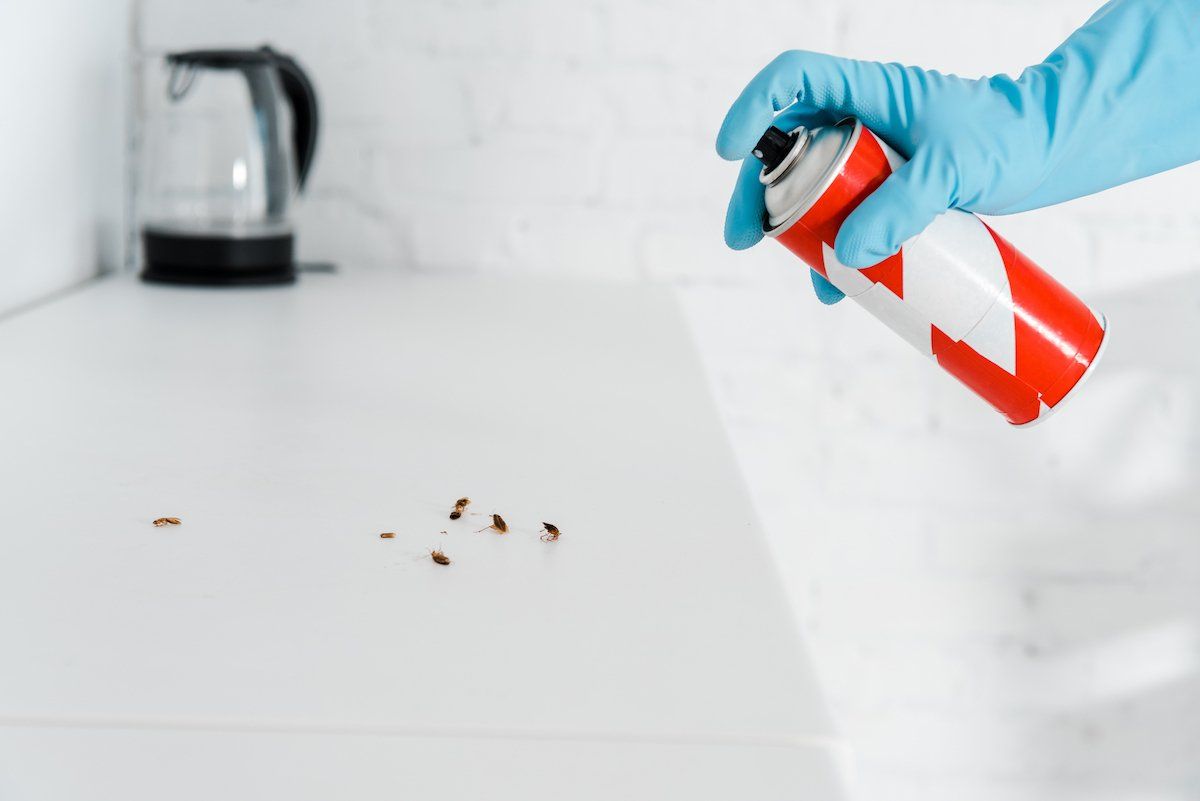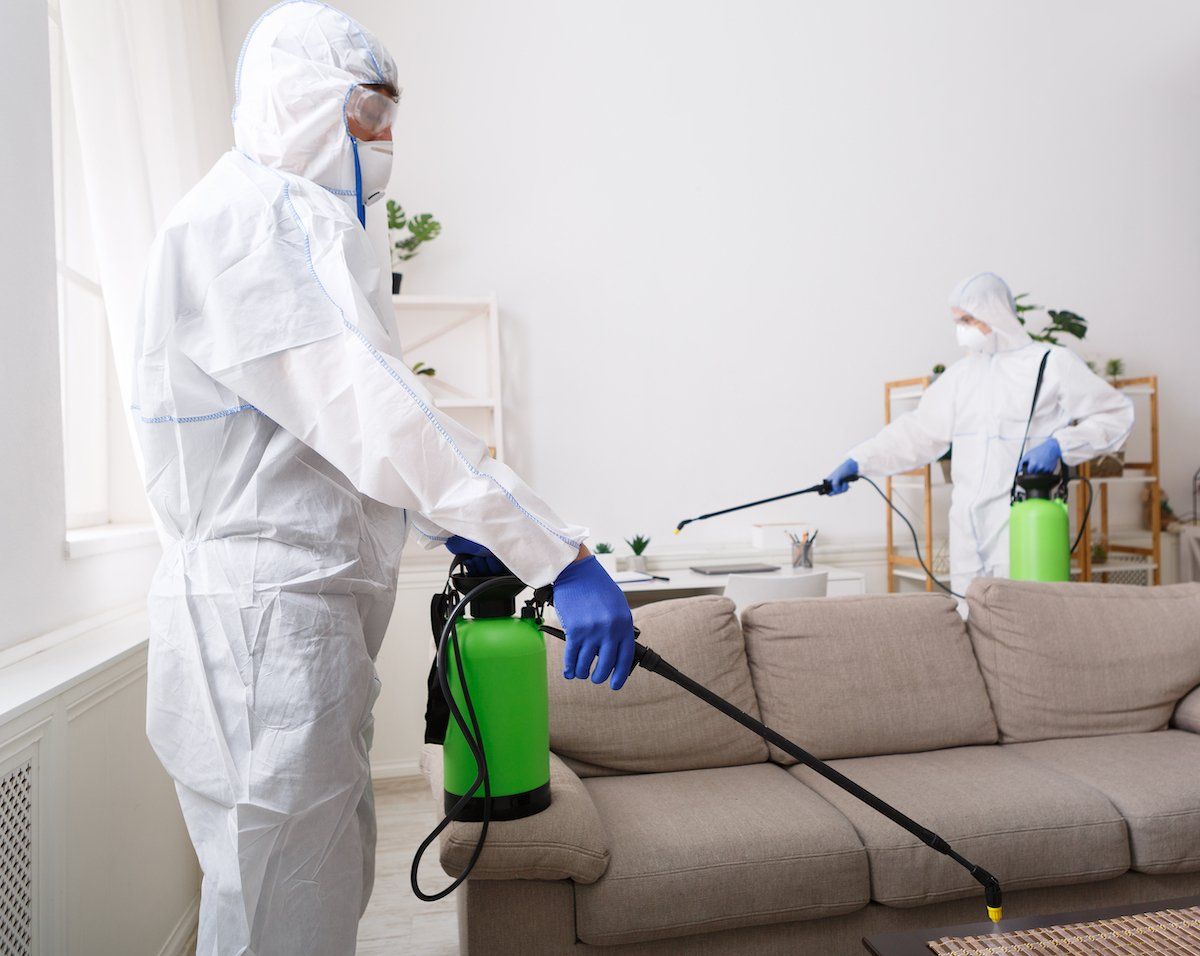Pet Damage and Lawn Care Tips
Often times there is a bit of a challenge between the love you hold for your lawn and the love for your pup. You spend countless hours maintaining and manicuring your lawn to develop a stand of turf worthy of praise from all who see it. You love your furry friend and he returns it unconditionally, but sometimes creates issues in the lawn.
It’s not the acidity of the urine causing an issue.
It’s nitrogen and salts, and a dog’s urine is loaded with both. Although nitrogen is good for the soil and your turf, too much of it in one spot can burn even the lushest grass. Nitrogen levels can vary in urine, so spotting issues will vary from pup to pup and even day to day, since the nitrogen levels has to do with their diet, water intake, and overall health. Male and female pooches can cause spots in the lawn, but it seems that females tend to squat in the same areas over and over, creating a concentration of nitrogen, whereas the fellas seem to wander and hike their leg to spread out their contributions.
Droppings also contain an abundance of nitrogen and salts.
Being solid, they take longer to break down, but can still create burned spots in the lawn. You’ll often see dark green rings around feces in the lawn,
especially if the rest of the lawn is low in fertility. If left to sit on the grass, the droppings can also smother the grass in that spot.
WHAT CAN YOU DO TO HELP REDUCE THE DOG SPOTS?
For those who love their pup, it’s highly unlikely that keeping him or her off the lawn entirely is an option, so you will want to try something else. You can designate “pee areas” which can be heavily watered after each use. Or you can install a rock “pee area” so no grass gets damaged. This will take time to work on training. Even one walk a day with your pup can help to reduce the nitrogen load in your lawn. Don’t forget to take a doggie bag to clean up after! Removing the droppings from your lawn is a good idea as well.
Water regularly, fertilize your entire lawn and mow tall to help mask any spots. A healthy lawn can also weather the occasional overdose of nitrogen. Talk to your vet before buying any food supplements claiming to reduce dog burns in the lawn. Many of these addresses the pH of their urine, but remember that it is nitrogen and salts that are causing the burns in the lawn. Provide plenty of water for your pooch to help dilute the nitrogen levels. In the fall, you may want to reseed those unavoidable spots to help fill the lawn back in for next season.
Having a dog or two does not mean that you must have an unattractive lawn. A little planning ahead and a bit of knowledge of lawn maintenance can go a long way in keeping you and your pup happy. Great companions, loyal to a fault, and always excited to see us — hard to give that up for a spotless lawn!

